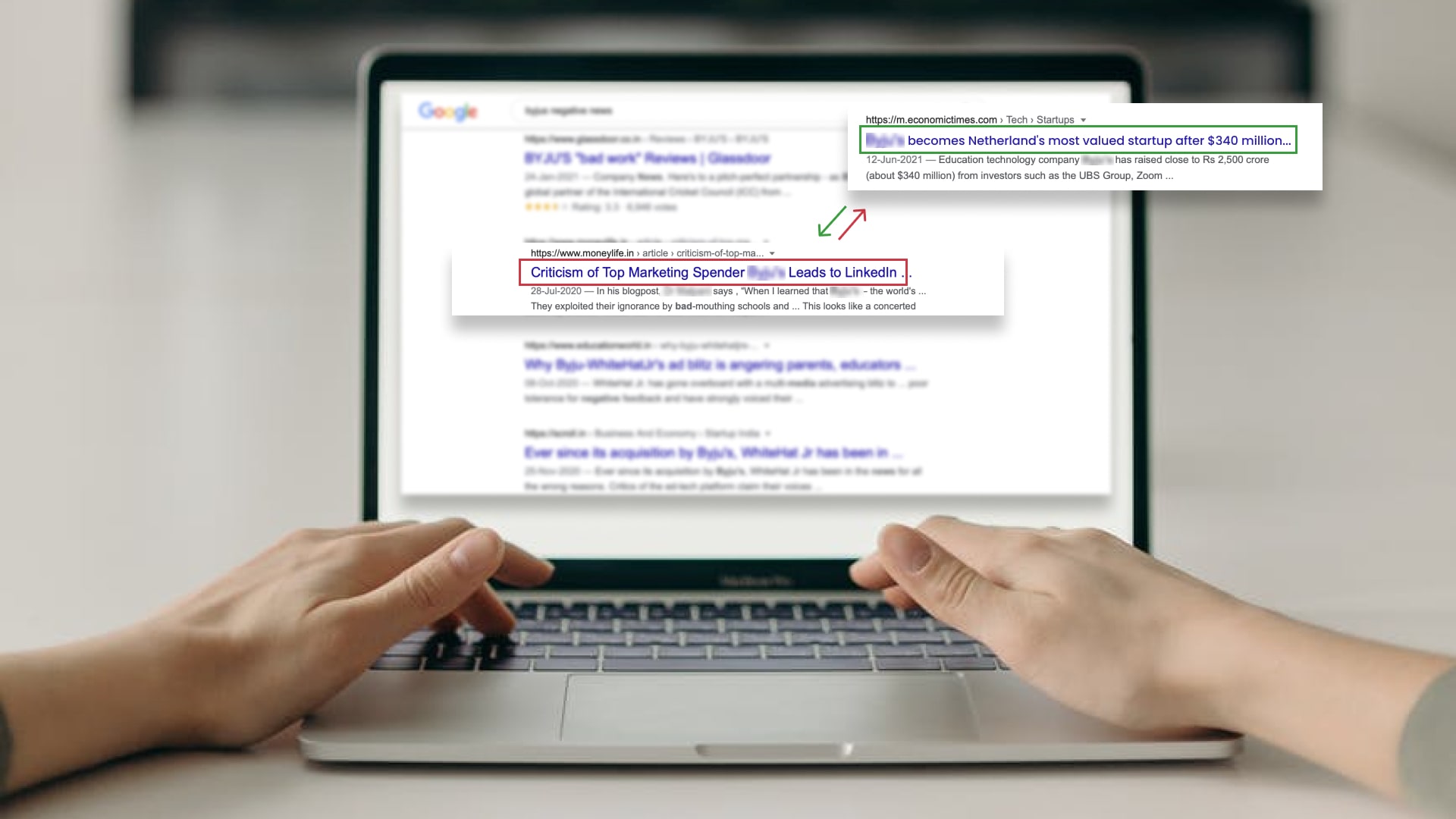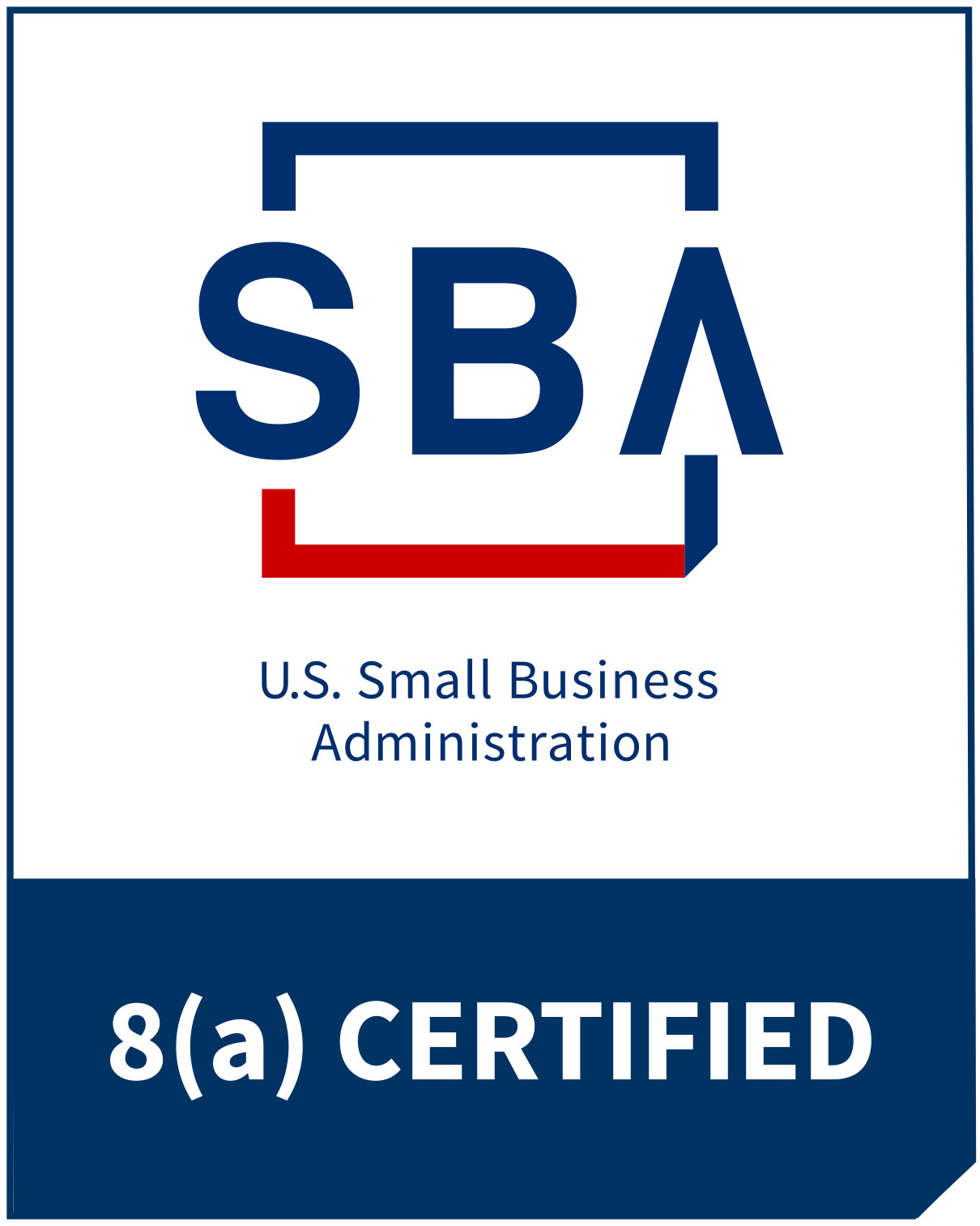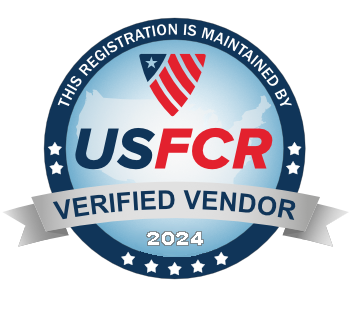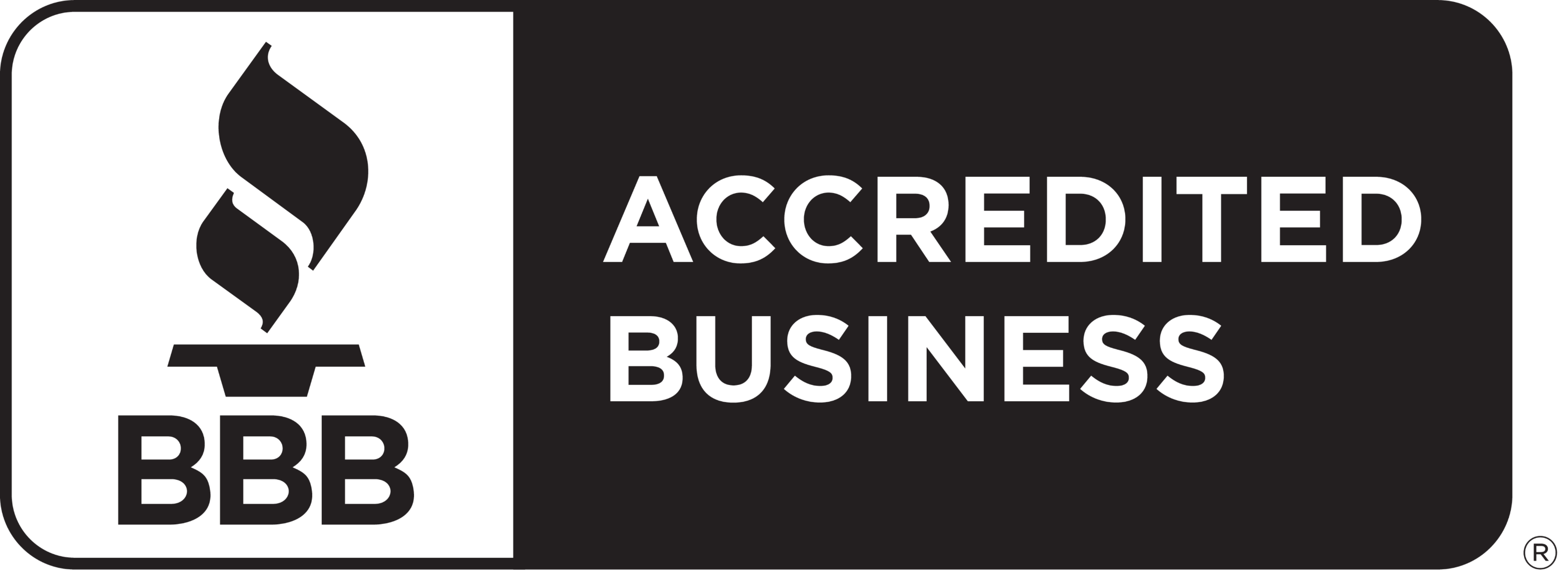What are the consequences of having an online reputation that is in disrepute? One bad post can cost you more than you can imagine. In the cache of information that is constantly updated online, anything that is posted – whether it is positive or negative – can easily lead back to you. Unwanted negative content from Google search engine result pages can;
- Negatively influence your public image.
- Disesteem an individual personally or professionally.
- Create doubt about the overall quality of your products or services and your ability to deliver value.
All these effects have the potential to adversely affect revenue streams or hurt your career. That is why removing damaging content from the internet should be a priority as soon as it is identified.
Why Is Negative Content on the Internet So Popular?
Search engines implement algorithms that give people the answer to their queries, but it’s only part of human nature to give more attention to negative details than to positive ones. In fact, when people are searching for general terms, search engines show them a broad set of results. However, people are more likely to click on the negative links rather than the positive ones, making the negative links rank higher. To remove negative information from the internet you need to consider some search engine algorithms.
As for Google and other search engines, they implement multiple algorithms to always satisfy the user intent. Two of the most important algorithms that Google applies are Query Deserves Diversity (QDD) and Query Deserves Freshness (QDF).
Query Deserves Diversity (QDD)
Query Deserves Diversity or QDD is an algorithm that helps Google answer searchers’ queries that are general or unclear. Therefore, when the searcher uses general terms or has ambiguous queries, Google displays a broad set of results to better answer the query. After that, Google gets feedback as to which results satisfied the user intent to help in the ranking process.
Query Deserves Freshness (QDF)
Query Deserves Freshness or QDF is an algorithm that helps Google provide up-to-date answers concerning topics that change over time. Therefore, Google monitors blogs and magazines, news portals, and search requests. So when there’s an increase in all the previous three, Google starts ranking new content that answers the queries about the changes that are happening in a specific topic.

Image Credits: Pexels
Remove Content Online
You can choose to totally remove negative content from Google search engine result pages or to suppress negative links from the internet.
Total content removal from the internet can be done using legal means, reaching out to website administrators, or contacting Google to take down the information.
We Value Reputation,
Let’s Rebuild Yours.
A Positive Reputation is Priceless. Value and Protect It.
Remove Content Legally from Google
Consult with legal experts in the field of internet defamation who can help you digitally expunge undesired content from the internet. Depending on the situation, the following tactics can be used;
- Obtaining a court order. A court order is effective as they are legally recognized, and if ignored, a publisher can face criminal charges.
- Issuing a cease and desist letter. A cease and desist letter is a legally issued order that demands the one is served with the notice stops any harmful or allegedly harmful activity. Cease and desist letters are effective in the case of defamatory or slanderous content. If the letter is not obeyed, then a lawsuit is the next step.
Ask for a DCMA takedown notice. If the content infringes on your copyright and violates Digital Millennium Copyright Act, then a legal notice called a DCMA takedown notice is sent from the copyright owner to the person who published the information, asking them to remove the copyright-protected content from the internet. This is usually the case if someone is using copyrighted material to defame you.

Image Credits: Freepik
Remove negative content by contacting the site administrator
This involves directly removing the content from its source. These sites can provide information about who owns a site domain: domaintools, whatismyipaddress, infosniper. Once you have identified who owns the domain publishing offensive content, the following methods can be used:
Submitting an Editorial Request
Submitting an editorial request. Editorial requests are non-threatening. Once a line of communication has been opened, you can ask the publication to remove any identifying information, completely take down the post, or update the content to reflect current information if it is the case of ongoing court proceedings. This action can be carried out by an individual or through an attorney. Unlike cease and desist letters, there isn’t a consequence of legal action if the site administrator does not oblige to your request.
Ask for Not Indexing the Page
Ask the website to add a No Index tag which would make the URL link ‘invisible.’ This means that the post would not show up on search engine results pages. Remember, sometimes it’s easier to hide negative content than to remove it completely.
Removal Request From a Search Engine or Data Broker
You can submit a request for removal on Google in the case of personal information, revenge porn, financial or contact information shared for doxxing purposes. This type of content is considered in violation of Google’s terms of service. Google can also de-index the post on the website so that it does not show up on search engine results, therefore, cannot be linked. While the content hasn’t been totally removed, it slowly ‘disappears’ by ranking lower and lower on web page results for a user brand query.
Similarly, you can cite terms of service violations when flagging content for removal on popular social media sites.

Image Credits: Pexels
Suppressing Negative Content on the Internet
Suppression is a reverse SEO tactic in which one optimizes already existing or new positive content about their brand to bury negative content from the internet. In this way, a business or executive leverages on the best aspects of their product, service, career highlights to re-direct traffic away from an undesirable keyword. The aim is to have the information that reflects the best version of their brand showing up on the first two pages of search engine results.
How Can I Prevent Negative Content About My Brand From Appearing on the Internet?
Smart entrepreneurs will quickly discover that investing in online reputation management is no longer an option. There are a multitude of reasons why any business owner, lawyer, doctor or an individual may need to delete content–a bad review, unwanted personal information, or a false statement. To manage your brand reputation and be proactive about your digital presence you have to;
- Regularly perform simple reputation audits. This is done by opening the incognito window on your browser and searching your name. Take note of the results that come up. Do they reflect a true image of your brand?
- The second thing that you can do is to set up frequent Google alerts for your keyword. These alerts will help you monitor your online reputation by letting you know what is being said about your brand on the internet
- Amplify your digital presence by creating comprehensive profiles on relevant industry websites. Regularly post high-quality engaging content on social media profiles.
- Consistently monitor your reviews on Google My Business listings and other business review sites such as Yelp or Glassdoor. Develop a mechanism for populating your website with positive reviews and requesting for five star ratings from customers who have been satisfied by your products and services.
- Familiarise yourself with the best techniques to respond to negative reviews without coming off as aggressive or confrontational. Work on improving your business based on client feedback.
- Provide stellar customer service and high-quality products and services.
Reach out to high domain authority websites and request to collaborate. This can either be by publishing on their website or requesting for ‘do-follow’ links that strengthen your network of backlinks.

Image Credits: Unsplash
When to Consult an Online Reputation Management Firm?
It is possible to do all the work to remove negative content from the internet, but that can take away vital internal human resource away from important aspects of your business. What’s more is that it is possible to end up causing even more damage to an already bad situation. Why? Because of all the negative emotion that surrounds a situation where you are trying to delete negative information from the internet. It can be quite difficult to stay objective.
This is where the experts come in. An online reputation management firm is well-resourced to mitigate reputational risk and provide expert witnesses and attorneys who can quantify the financial loss of internet defamation. Internet defamation attorneys understand the intricacies of defamation law and have the capacity to provide legal advice on online harassment, extortion, copyright law, and other cases that can compromise your cyber security.
There are a plethora of boutique agencies operating different strategies for content removal. Typically a campaign involving business or individual online reputation management and repair runs for six to twelve months. It is a time-intensive process where rigorous SEO and public relation strategies are employed. Be wary of content removal agencies that offer 100% guarantees while promising results over a short period of time. The idea of a quick fix is definitely tempting, but your brand shall ending up paying dearly for a short-sighted strategy in the long run.
Lookout for unethical content removal strategies, such as creating fake accounts to post fake reviews or comments or proposals for bogus legal action.
Conclusion
Time is of essence when a business, brand, or executive is faced with negative content on the internet. The first response should always be how to delete the negative information from Google and present the best image to your clients, buyers, and partners. With the right strategy, a bad review does not have to be the end of the world.
There are a plethora of boutique agencies operating different strategies for content removal. Typically a campaign involving online reputation management and repair runs for six to twelve months. It is a time-intensive process where rigorous SEO and public relation strategies are employed. Be wary of content removal agencies that offer 100% guarantees while promising results over a short period of time. The idea of a quick fix is definitely tempting, but your brand shall ending up paying dearly for a short-sighted strategy in the long run.
Lookout for unethical content removal strategies, such as creating fake accounts to post fake reviews or comments or proposals for bogus legal action.
Do You Need Help Removing Negative Online Content?
Our Team of Experts Will Be Happy to Guide You. We Are Just a Message Away.














Comments are closed.